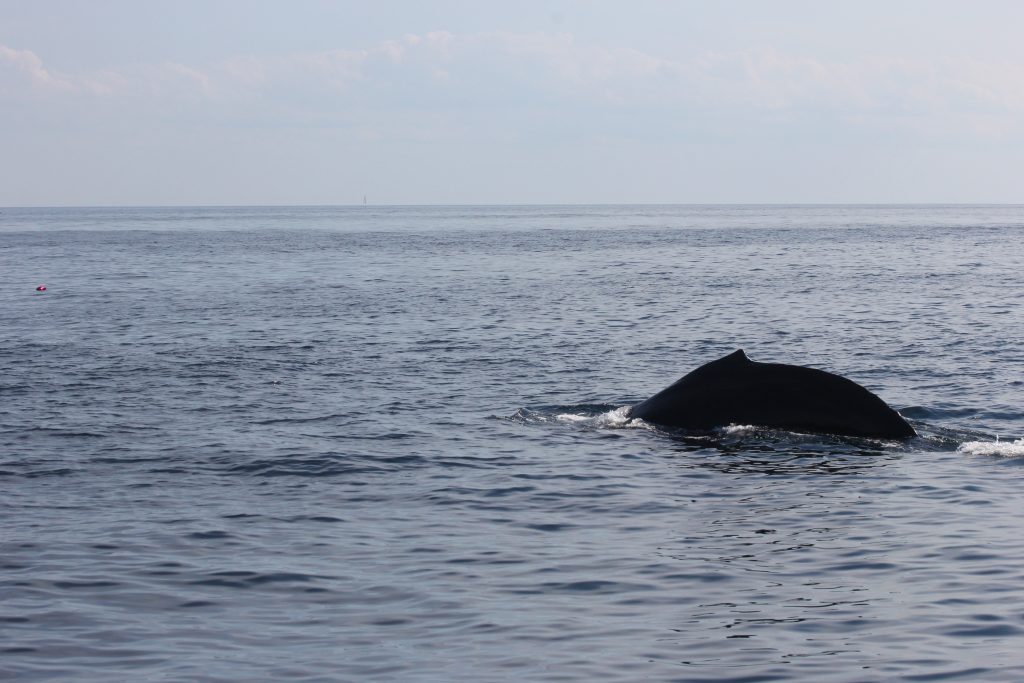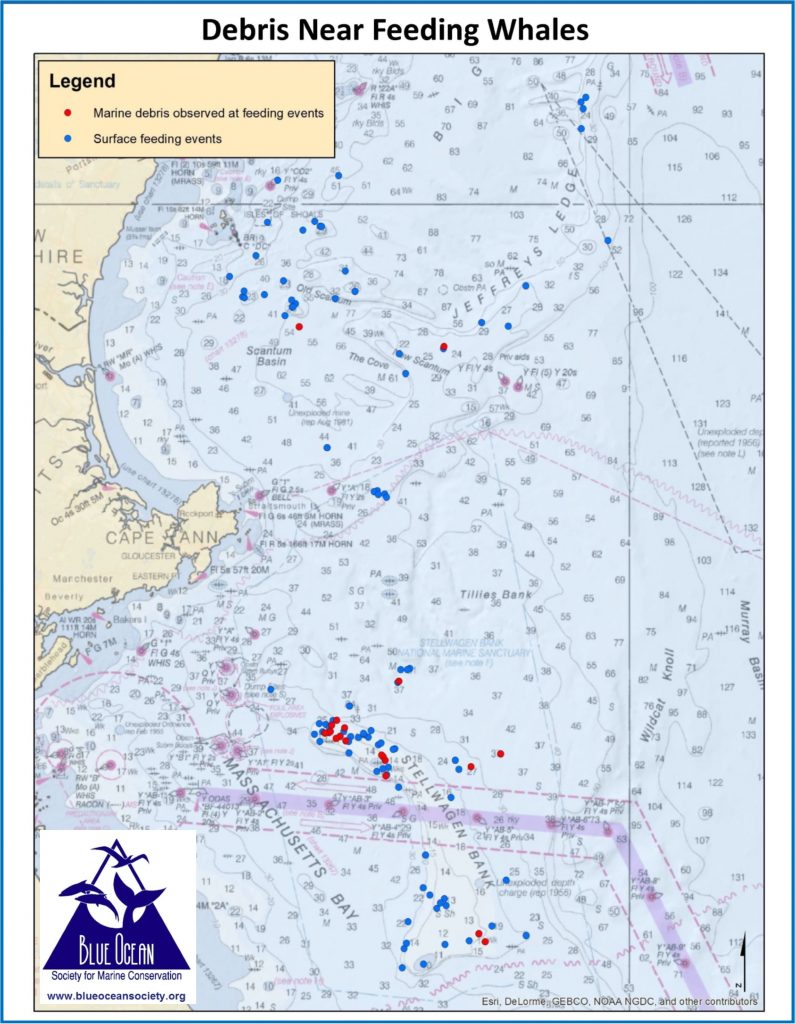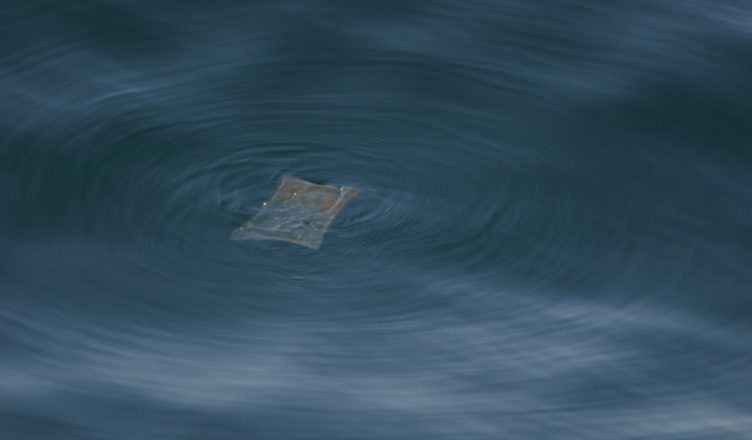Balloons, bags and bottles… these are just a few of the litter items we see when we’re out whale watching. Since 2005, we’ve recorded any litter we see from whale watch boats, and we pick it up when we can. Recording this litter data gives us a better idea of what types of litter are most prevalent out on the ocean. We can compare this data to the litter we see on the beach, and figure out the problem areas and develop solutions.
Last week, we presented some of this data at the 22nd Biennial Conference on the Biology of Marine Mammals in Halifax, Nova Scotia. Below are some of our results.
Initial Results
From 2005-2016, we spotted 28,098 pieces of litter from 3,618 whale watch trips. Balloons and plastic bags were among the most frequently sighted items.

In 2011, we added a column to our data sheet to consistently record when litter was seen near whales. It wasn’t long before we wondered how many whales were exposed to debris in their daily activities, and how greatly they are at risk.
To take an initial look at this issue, we examined data from two boats (Granite State and Miss Cape Ann) over three years – 2014-2016. We chose these boats and years because in 2014, we started working aboard the Miss Cape Ann in Gloucester. This boat primarily visits the Stellwagen Bank region, while the Granite State primarily visits the Jeffreys Ledge region. This study presented the opportunity to compare debris and whale sightings in two different areas.
The litter we record is only surface debris, and we assumed whales would be more likely to be impacted by this debris if they were feeding at the surface. Baleen whale feeding is largely indiscriminate – once baleen whales find an optimal prey patch, they scoop up large quantities of prey at once, and can’t separate items once they’re in their mouths. This behavior may put a surface feeding baleen whale at more risk than a surface feeding dolphin, for example, who usually just eats one fish at once.
So, how often were whales feeding at the surface? During the 3 seasons, there were 120 feeding events, and the majority of them were in the Stellwagen Bank region – home to the Stellwagen Bank National Marine Sanctuary. Of the 120 feeding events, whales were feeding near debris 17% of the time. This percentage was much greater in 2016, however. During our observations on Stellwagen Bank in 2016, whales were feeding near debris 32% of the time.
We still have more data analysis to do, and look forward to diving deeper into this issue. We’ll also be creating new educational materials using maps and information from this study. Stay tuned!







